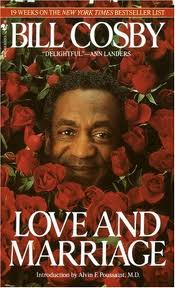 Sadly, it’s not uncommon for me to accidentally re-read a book I’ve already read if I buy it again, but this book presents a special case. I did not even choose to read it. Well, not exactly.
Sadly, it’s not uncommon for me to accidentally re-read a book I’ve already read if I buy it again, but this book presents a special case. I did not even choose to read it. Well, not exactly.
As is my wont, I keep a book of short pieces, columns, and whatnot at the bed side so I can read in 600- or 1000-word increments until I am ready to sleep. It’s also not uncommon for me to bring a book up, brush my teeth, and determine that I am too tired to read after all, so a book will sit on the headboard until the next such time I want to read in bed, which can be a week or two later.
So, anyway, one night, the book was there, I was there, so I started reading it. Little did I know that it was my beautiful wife who brought it up so she could read it, but in the time between when she brought it up and I discovered it, the headboard book shuffling that occurs during dusting had put it onto my stack of books. So this might be the very first time that I’ve re-read a book accidentally in this fashion, although now that my wife knows I can fall for this sort of trickery, I might start finding other books she wants me to read on the headboard.
So my reflections on the book closely mirror what I said in 2004: the book is bifurcated into a part about adolescent love, which is spot-on and amusing, and the second part is about being married to his wife which focuses on the nitpicky little ways they get on each other’s nerves. Maybe those moments make for the best comic recounting, but as for a book that celebrates marriage, they really give short shrift to the basic daily comfort of having a life partner and the joys that surpass the general contentment of a good marriage. That’s, again, probably just because the comedian has to focus on the disparaties, but it doesn’t serve as encouragment to wed.
Not the best Cosby book, but I still love the man and his work.



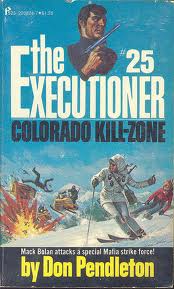
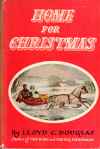
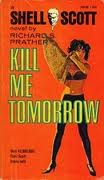
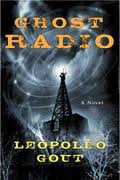 I have an advanced reader’s edition of this book, and, blimey, I wouldn’t send this out for review. It contains misspellings and improperly formated sections. As some of you know, I’m working over another book presently, and I’m gnashing my teeth about every last missing comma and whatnot. But the difference between me and a professional is that this ARC contains those errors, but the pros will weed them out by the time the book has gone to press, whereas I’ll publish something with typos in it. And it drives me crazy.
I have an advanced reader’s edition of this book, and, blimey, I wouldn’t send this out for review. It contains misspellings and improperly formated sections. As some of you know, I’m working over another book presently, and I’m gnashing my teeth about every last missing comma and whatnot. But the difference between me and a professional is that this ARC contains those errors, but the pros will weed them out by the time the book has gone to press, whereas I’ll publish something with typos in it. And it drives me crazy.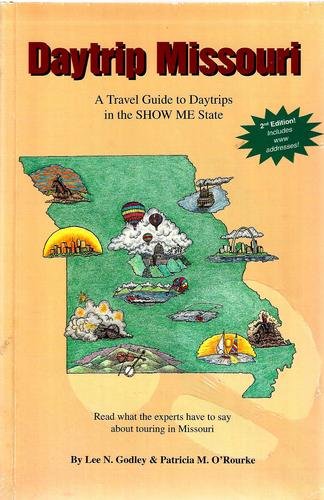 This book essentially collects and standardizes information from the various visitors’ bureaus in a number of cities and towns throughout Missouri to show you what you can find if you hop on a highway for an hour or two in the state.
This book essentially collects and standardizes information from the various visitors’ bureaus in a number of cities and towns throughout Missouri to show you what you can find if you hop on a highway for an hour or two in the state.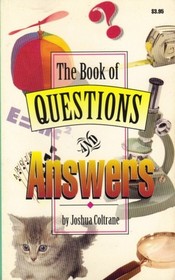 As advertised, this is a book of questions and answers about various things, such as why the sky is blue except at sunset, why the ocean is blue, who Dr. Pepper was, why the mile is 5,280 feet, and whatnot. It runs about 128 pages and is probably geared to a younger audience, so don’t expect that it’s a science textbook. The questions are not so esoteric that Cecil Adams would cover them in The Straight Dope columns nor Slate in
As advertised, this is a book of questions and answers about various things, such as why the sky is blue except at sunset, why the ocean is blue, who Dr. Pepper was, why the mile is 5,280 feet, and whatnot. It runs about 128 pages and is probably geared to a younger audience, so don’t expect that it’s a science textbook. The questions are not so esoteric that Cecil Adams would cover them in The Straight Dope columns nor Slate in 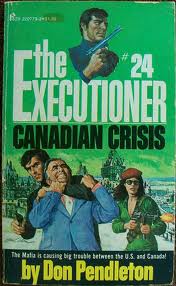 This books finds Bolan hitting a joint in Buffalo to rescue a Canadian undercover policeman who is the brother of a dead compatriot of The Executioner. Bolan catches wind of a plot to take the Mafia international with a meeting in Montreal. While there, Bolan impersonates an Black Ace, again, to infiltrate the hotel taken over by the mafiosos and their crews. Once there, he finds a group of terrorist Free Quebeckers who might be planning something for the 1976 Olympics–or maybe just for Mack Bolan.
This books finds Bolan hitting a joint in Buffalo to rescue a Canadian undercover policeman who is the brother of a dead compatriot of The Executioner. Bolan catches wind of a plot to take the Mafia international with a meeting in Montreal. While there, Bolan impersonates an Black Ace, again, to infiltrate the hotel taken over by the mafiosos and their crews. Once there, he finds a group of terrorist Free Quebeckers who might be planning something for the 1976 Olympics–or maybe just for Mack Bolan.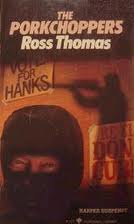 Wow, this is one cynical little book.
Wow, this is one cynical little book.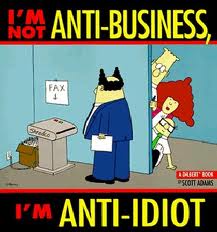 It’s been
It’s been 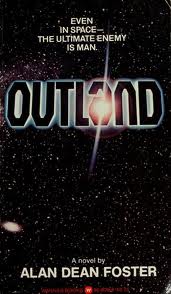 After I read
After I read 
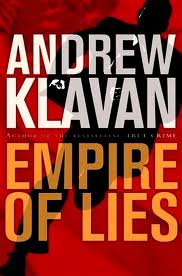 I think I’ve talked myself into liking the book.
I think I’ve talked myself into liking the book.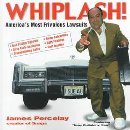 This is a short book that collects some outrageous lawsuits and notes their results. They’re grouped by topic, and each features a clever picture of an actor portraying a shady lawyer. Each explanation of the lawsuit is a couple paragraphs. It’s like someone made a book of distilled “That’s Outrageous!” columns from Reader’s Digest and distilled them. It’s like
This is a short book that collects some outrageous lawsuits and notes their results. They’re grouped by topic, and each features a clever picture of an actor portraying a shady lawyer. Each explanation of the lawsuit is a couple paragraphs. It’s like someone made a book of distilled “That’s Outrageous!” columns from Reader’s Digest and distilled them. It’s like 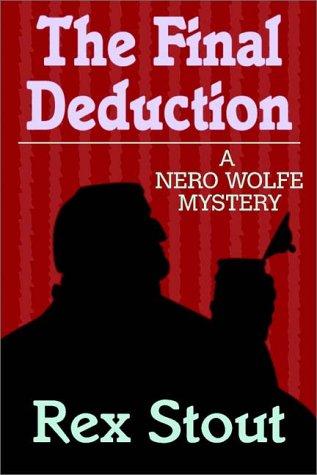 This is the third novel in the Three Aces omnibus edition I’ve been reading for quite some time now. Set in 1961, it deals with a rich woman who comes to Nero Wolfe to help ransom her kidnapped actor husband. Wolfe helps, gets his fee, but the freed husband dies in the family manse and the woman’s children come to Wolfe for help in recovering the ransom money. This leads to complications, including an arrest warrant for Archie Goodwin.
This is the third novel in the Three Aces omnibus edition I’ve been reading for quite some time now. Set in 1961, it deals with a rich woman who comes to Nero Wolfe to help ransom her kidnapped actor husband. Wolfe helps, gets his fee, but the freed husband dies in the family manse and the woman’s children come to Wolfe for help in recovering the ransom money. This leads to complications, including an arrest warrant for Archie Goodwin.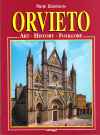 This book is a similar to
This book is a similar to 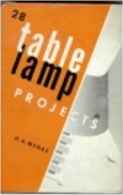 You can easily tell from the title what this book is: it is 28 projects for making table lamps out of wood and lamp kits. It’s a 1950s book, aimed for the high school shop market I think (at least, this particular book came from a high school library). It talks about the different styles within the book, from contemporary to more traditional. Strangely, sixty years later, even the “contemporary” styles are traditional. I mean, how many lamps made of wood have you seen recently?
You can easily tell from the title what this book is: it is 28 projects for making table lamps out of wood and lamp kits. It’s a 1950s book, aimed for the high school shop market I think (at least, this particular book came from a high school library). It talks about the different styles within the book, from contemporary to more traditional. Strangely, sixty years later, even the “contemporary” styles are traditional. I mean, how many lamps made of wood have you seen recently?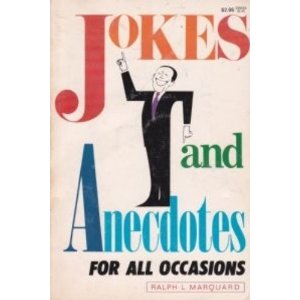 This book says “for all occasions,” but I get the sense from the nature of the gags that most were written for presentation at a Catskills resort in the middle part of the 20th century. Most of the jokes have a Jewish flavor, relying on characters named Moishe, Max, Shmuel, and so on who work in the garment district on Manhattan. Most, but not all. The books aren’t anti-semitic, but poke fun at some of the stereotypes as seen by New York comics.
This book says “for all occasions,” but I get the sense from the nature of the gags that most were written for presentation at a Catskills resort in the middle part of the 20th century. Most of the jokes have a Jewish flavor, relying on characters named Moishe, Max, Shmuel, and so on who work in the garment district on Manhattan. Most, but not all. The books aren’t anti-semitic, but poke fun at some of the stereotypes as seen by New York comics.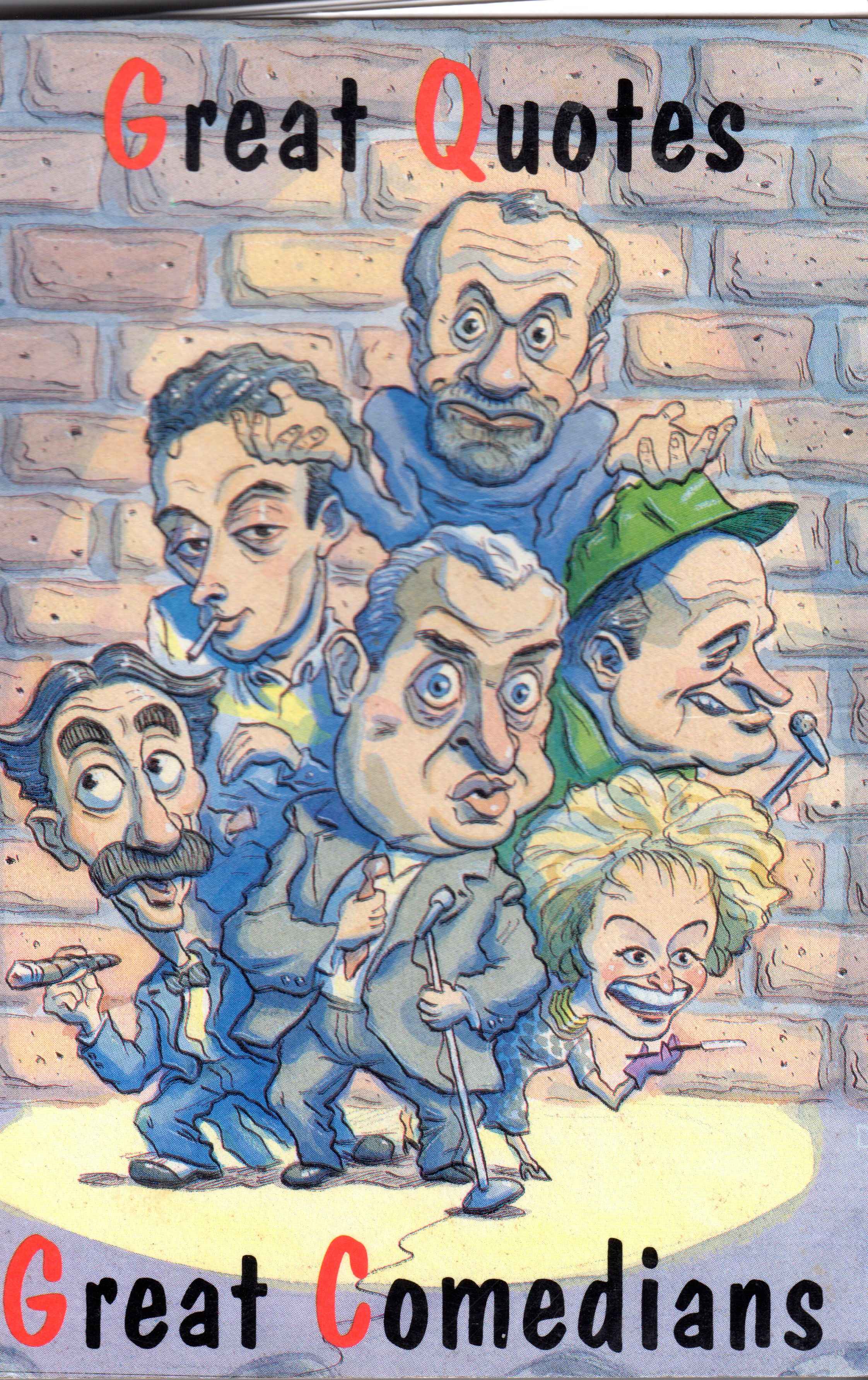 This is a simple book of one liners from famous comedians (circa 1996). The quotations are presented one to a page, and the book itself is comb-bound. So this is not Bartlett’s by any stretch.
This is a simple book of one liners from famous comedians (circa 1996). The quotations are presented one to a page, and the book itself is comb-bound. So this is not Bartlett’s by any stretch.